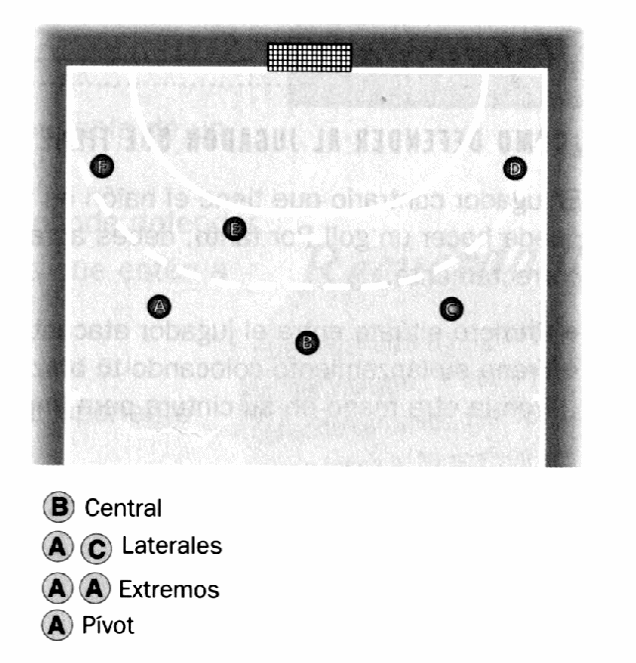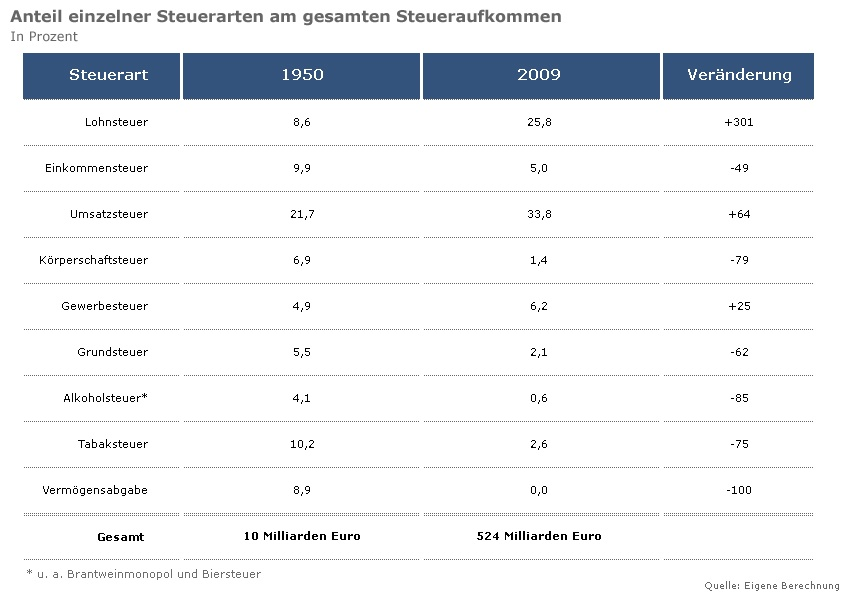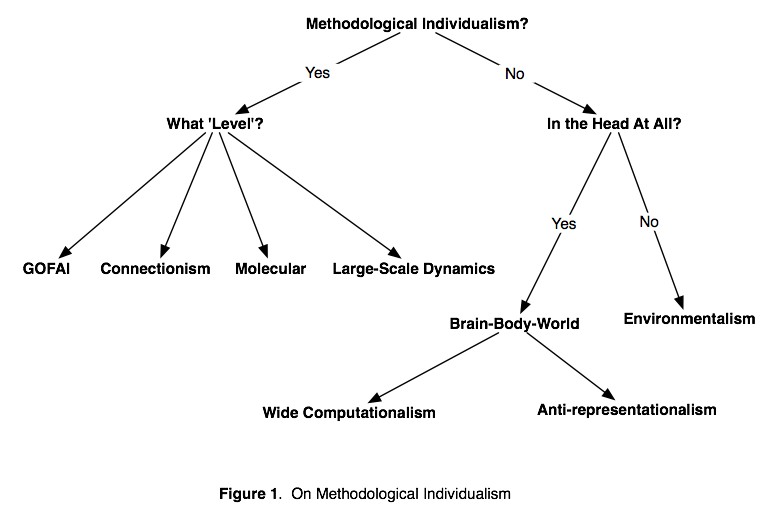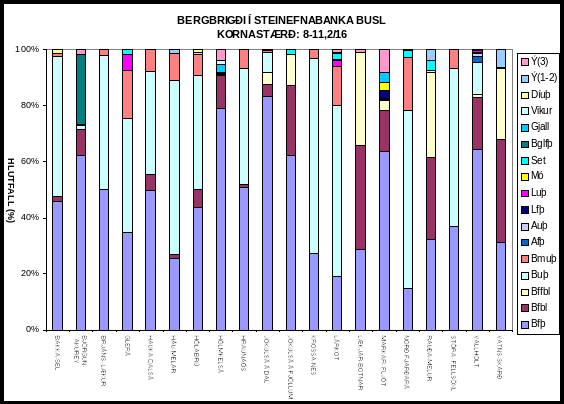piezotactile stimulator pts-c2 - instructions for use general description the pts stimulator system consists of two piezoelectric stimula
Piezotactile Stimulator PTS-C2 - Instructions for Use
General description
The PTS stimulator system consists of two piezoelectric stimulator
heads, a 2-channel amplifier with built-in oscillators, a battery pack
and battery charger. Optionally there may be an RFI filter.
IMPORTANT - Precautions
The amplifier generates high voltages to drive the piezoelectric
wafers. Do not attempt to repair or disassemble any part of the
system. If a probe or cable becomes damaged stop using it immediately.
The piezoelectric wafer is brittle and will be destroyed by a force of
more than about 500g applied to the probe. This is moderate finger
pressure. Subjects and experimenters should be asked not to press on
the probe.
The wafer has a mechanical resonance at about 180Hz. Excessive
excursion at this frequency may damage the wafer. For this reason do
not drive the device at 160 - 200Hz unless it is applied to a
mechanical load which will damp the resonance, such as the skin. When
working in this frequency range if possible test the amplitude
starting with a low amplitude stimulus and working up. Avoid driving
the probe at full amplitude.
Note that when using an external waveform source some waveforms may
have strong harmonics in the 180Hz range which may overdrive the
wafer. For instance a 60Hz square wave has a strong 3rd harmonic at
180Hz. For this reason using waveforms with rapid transients such as
square waves, steps, pulses or logic signals should be avoided.
Driving the piezo wafer at high amplitude with very low frequency (<
1Hz or DC) signals may cause the piezoelectric material to depole and
decrease the efficiency of the device, so this should be avoided if
possible. Note that logic signals always have a DC component, which is
another reason not to use logic signals as a signal source.
The stimulator head
The stimulator head consists of a piezoelectric bimorph element
(wafer) housed in a ceramic case. Attached to the wafer is an
adjustable 8mm probe which protrudes through a 10mm hole in the case,
which acts as a fixed surround. Indentation of the probe may be
adjusted using a small tool provided. One turn of the probe changes
the indentation by 1mm. The probe may be removed for cleaning.
Also housed in the stimulator head is an optical displacement
transducer which measures the position of the wafer.
The ceramic case has a soft PVC cover fitted. This may be removed if
desired but note that the case is quite brittle and may break if
dropped on a hard surface.
The amplifier unit
The amplifier contains two completely independent identical channels.
If a channel is not in use it should be switched off to conserve
battery life. Each channel contains a high voltage drive amplifier to
drive the piezoelectric element, a wide-range sine-wave oscillator to
provide a signal source, and the detector electronics for the
displacement transducer.
The piezo amplifier
The amplifier converts low-voltage signals into the high-voltage
signals to drive the piezo element. Its only control is the amplitude
control on the front panel.
The oscillator
The oscillator generates a stable sine-wave of between 0.45 and 600
Hz, in 3 switched ranges. The oscillator is connected to the amplifier
when the Source switch is set to "On" or "Gated".
In the On mode the oscillator runs continuously. In the Gated mode the
oscillator is controlled by a logic-level (0 - 5V) signal connected to
the Gate input on the rear panel. A logic 0 on the Gate input stops
the oscillator, a logic 1 starts the oscillator. The oscillator always
starts and ends at the zero-crossing point of the waveform. This means
that if the oscillator is gated on by a positive-going pulse there
will always be a whole number of cycles in the resulting sine-wave
burst. This in turn means that the sine wave burst may continue after
the gate signal has gone to logic 0 for a period equal to 1/f, where f
is the frequency of the oscillator.
A square wave of frequency equal to the oscillator frequency is
available at the Freq output on the rear panel. This is intended for
connecting to a frequency meter in order to set the frequency to some
required value.
External signals
The amplifier may be fed with a signal from an external device such as
a waveform generator or PC card with analog output. This signal should
be connected to the Ext In connector on the rear panel. The Source
switch should be set to "Ext". In this mode of operation the amplitude
control will still work but the gate input will not.
Recommended amplitude of the external signal for full output swing of
the amplifier is +/- 5V.
The displacement transducer
The displacement transducer produces a voltage output at the DT Out
connector on the rear panel. The voltage varies linearly with the
instantaneous displacement of the probe, with a ratio 10mV = 1 micron
or 1V = 0.1mm. The transducer is intended for use when measuring
vibrotactile thresholds using the PTS, or when it is desired to
deliver a stimulus of known amplitude.
Note that the transducer electronics in the amplifier is calibrated
for the transducer in the corresponding stimulus head, which means
that if a different probe head is used the output of the transducer
will not be accurate.
The battery
The battery is a 2 x 12V lead-acid type. Battery life will depend on
number of channels used, stimulus duration, intensity and frequency,
but a fully charged battery should provide enough power for a full day
of typical use. The battery is charged by connecting its output
terminal to the 24V battery charger provided. The charger will deliver
a heavy charge current until the battery reaches full voltage,
followed by a trickle charge to keep the battery at full capacity.
There is no maximum charge time; it may be left on charge
indefinitely.
Completely discharging the battery frequently may reduce its capacity,
so this should be avoided. Do not leave the battery fully discharged
for any length of time as this may permanently damage it. Always store
the battery fully charged, and recharge it periodically even if it is
not used.
 EUROPEAN YOUTH CHESS CHAMPIONSHIP UNDER 1012141618 2005 GENERAL REGULATIONS
EUROPEAN YOUTH CHESS CHAMPIONSHIP UNDER 1012141618 2005 GENERAL REGULATIONS DEPARTAMENTO DE EDUCACIÓN FÍSICA BALONMANO 1 REGLAS BÁSICAS 1
DEPARTAMENTO DE EDUCACIÓN FÍSICA BALONMANO 1 REGLAS BÁSICAS 1 CURS 20052006 SEGON TRIMESTRE AULA D’ACOLLIDA REGISTRE I DESCRIPCIÓ
CURS 20052006 SEGON TRIMESTRE AULA D’ACOLLIDA REGISTRE I DESCRIPCIÓ MÁS DE 28000 PERSONAS PARTICIPARÁN EN EL VI CIRCUITO
MÁS DE 28000 PERSONAS PARTICIPARÁN EN EL VI CIRCUITO AKADEMIE SOLIDARISCHE ÖKONOMIE AG2 UND AG3 NORBERT BERNHOLT BEARBEITUNGSSTAND
AKADEMIE SOLIDARISCHE ÖKONOMIE AG2 UND AG3 NORBERT BERNHOLT BEARBEITUNGSSTAND LE MURETAIN AGGLO RECHERCHE POUR LA DIRECTION DE LENFANCE
LE MURETAIN AGGLO RECHERCHE POUR LA DIRECTION DE LENFANCE CONFIRMACIÓN DE COMPROMISO ENTRE UN JUEZ DE EXPOSICIONES DE
CONFIRMACIÓN DE COMPROMISO ENTRE UN JUEZ DE EXPOSICIONES DE AFTER THE PHILOSOPHY OF MIND REPLACING SCHOLASTICISM WITH SCIENCE
AFTER THE PHILOSOPHY OF MIND REPLACING SCHOLASTICISM WITH SCIENCE NORDISK VEJTEKNISK FORBUND UDVALG 33 ASFALTBELÆGNINGER – ÅRSMØDE
NORDISK VEJTEKNISK FORBUND UDVALG 33 ASFALTBELÆGNINGER – ÅRSMØDE POUR PUBLICATION IMMÉDIATE JEUDI 13 DÉCEMBRE 2012 9
POUR PUBLICATION IMMÉDIATE JEUDI 13 DÉCEMBRE 2012 9